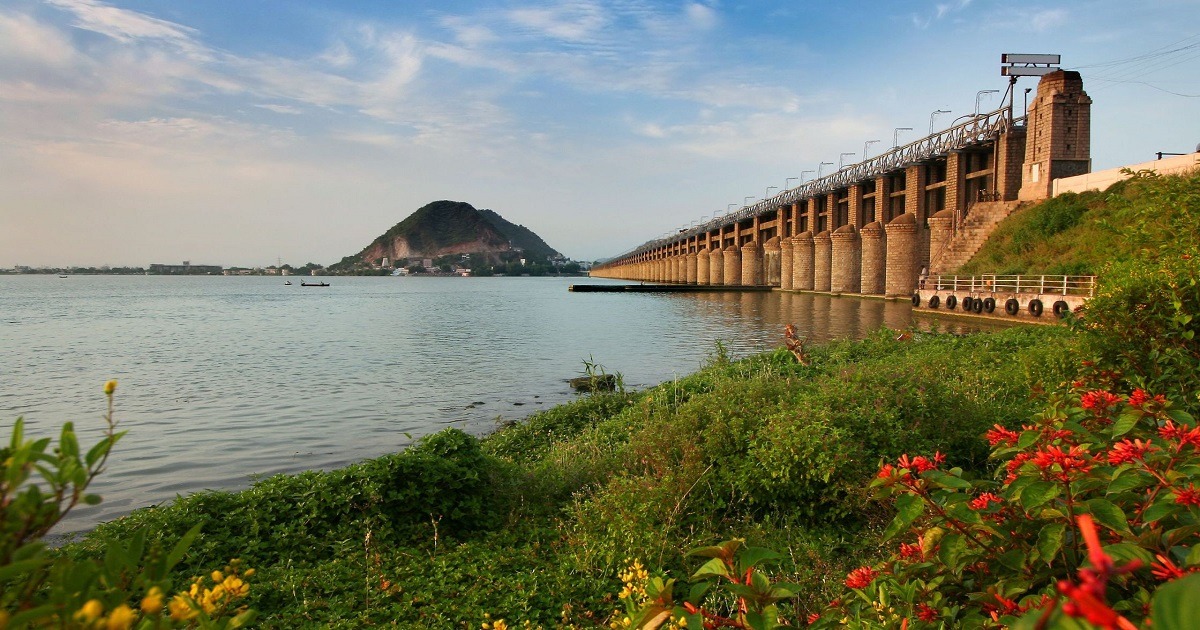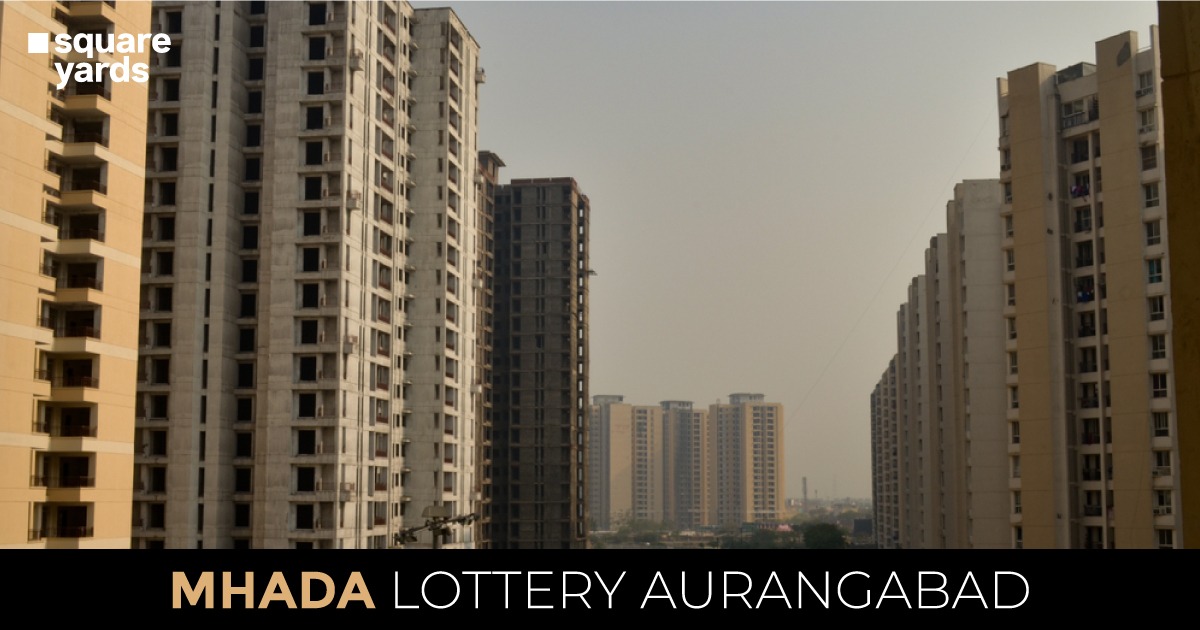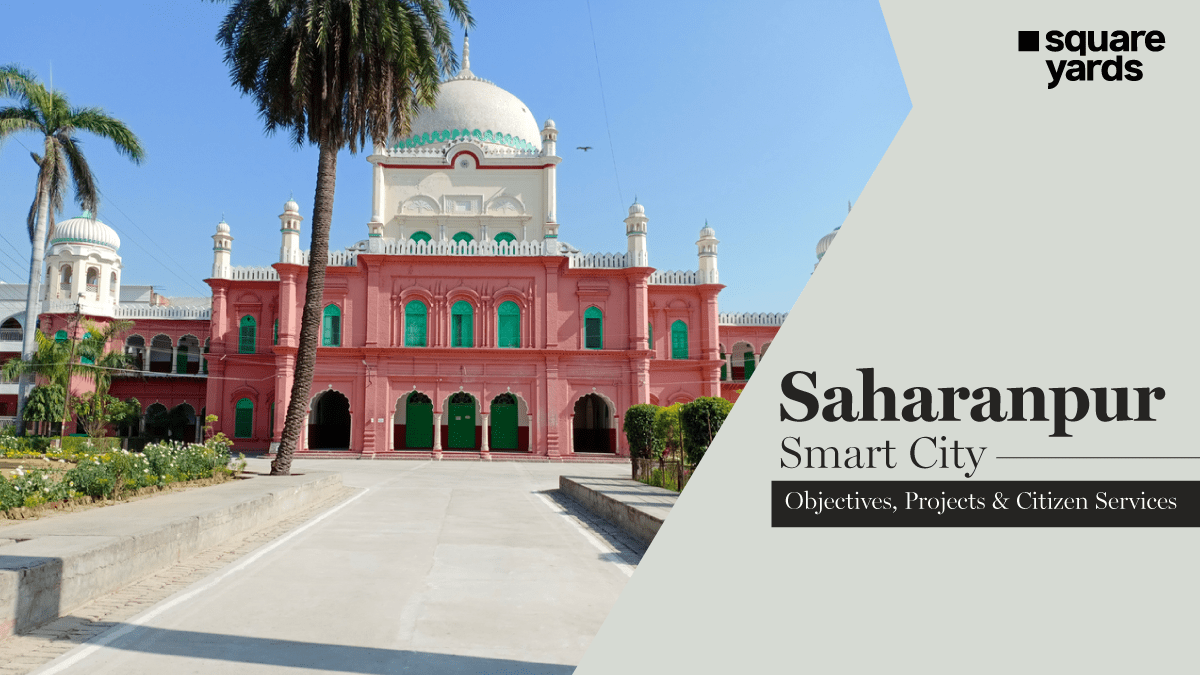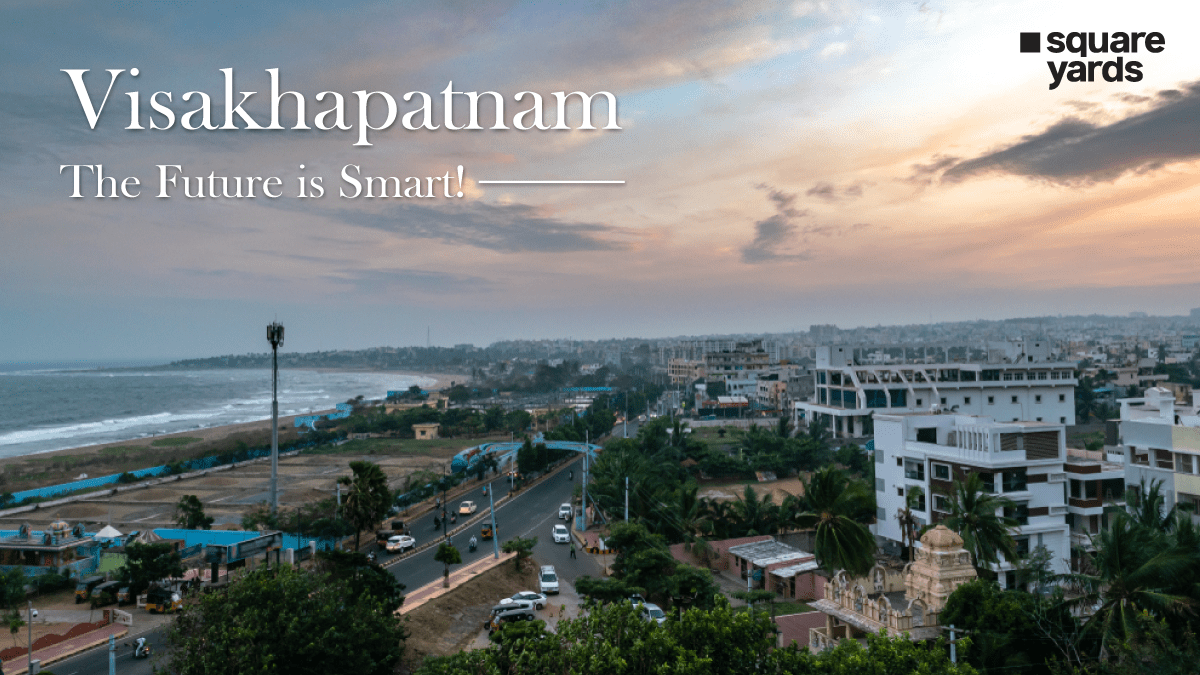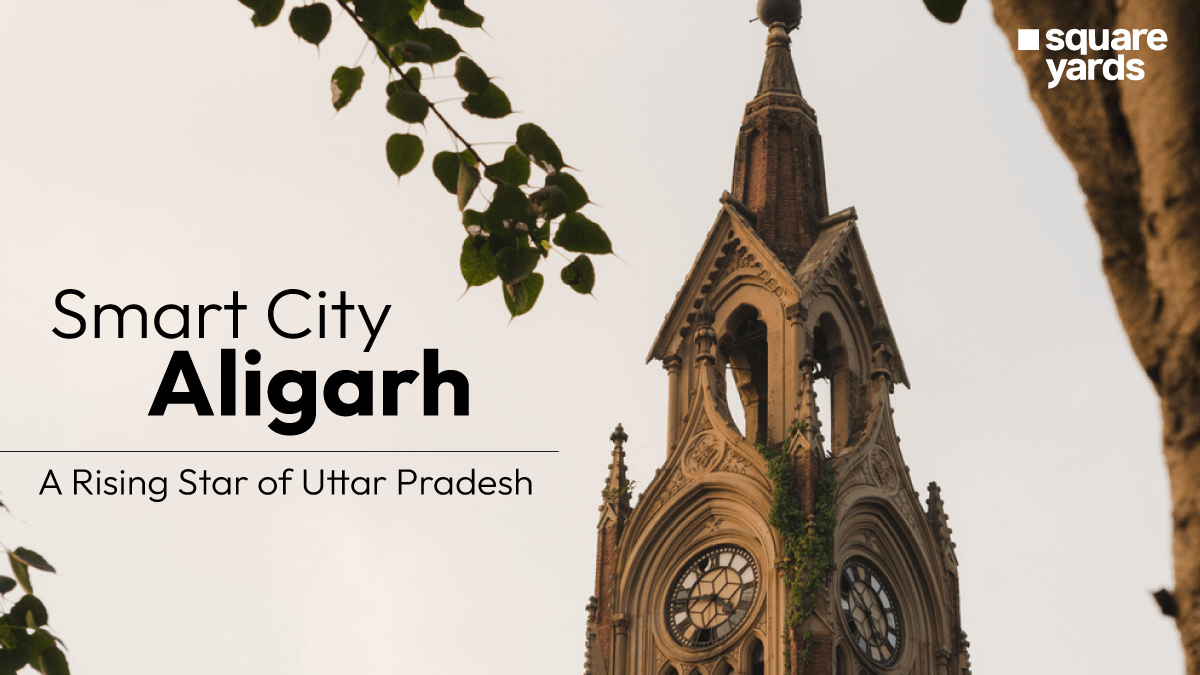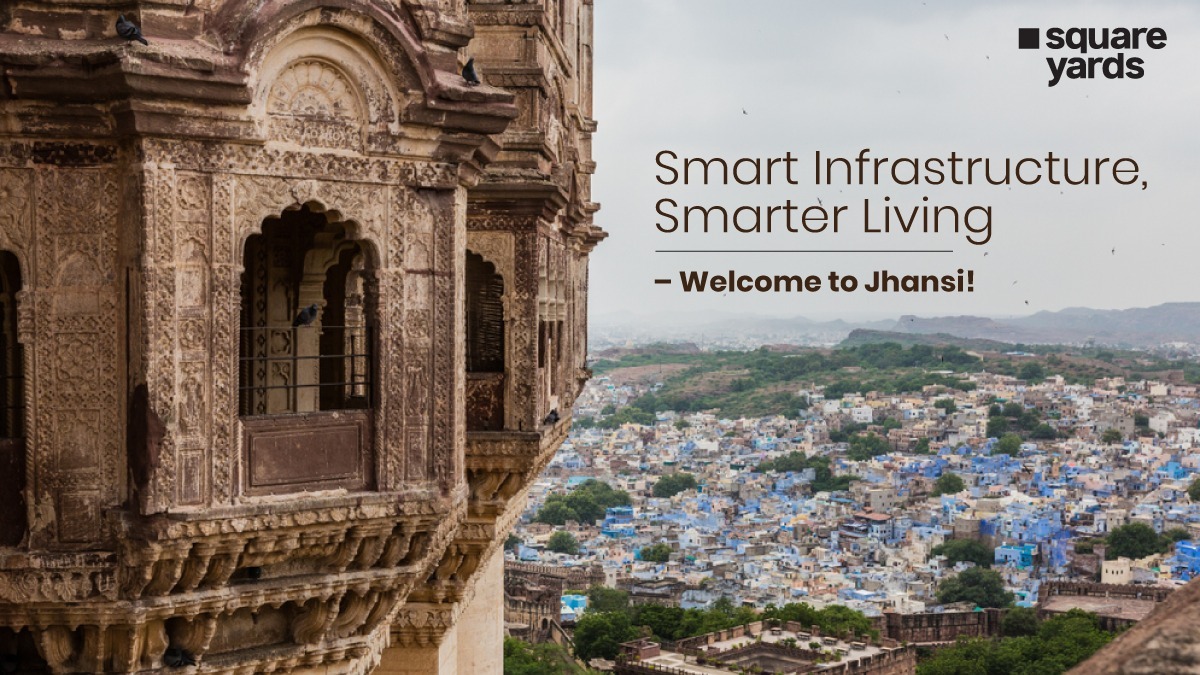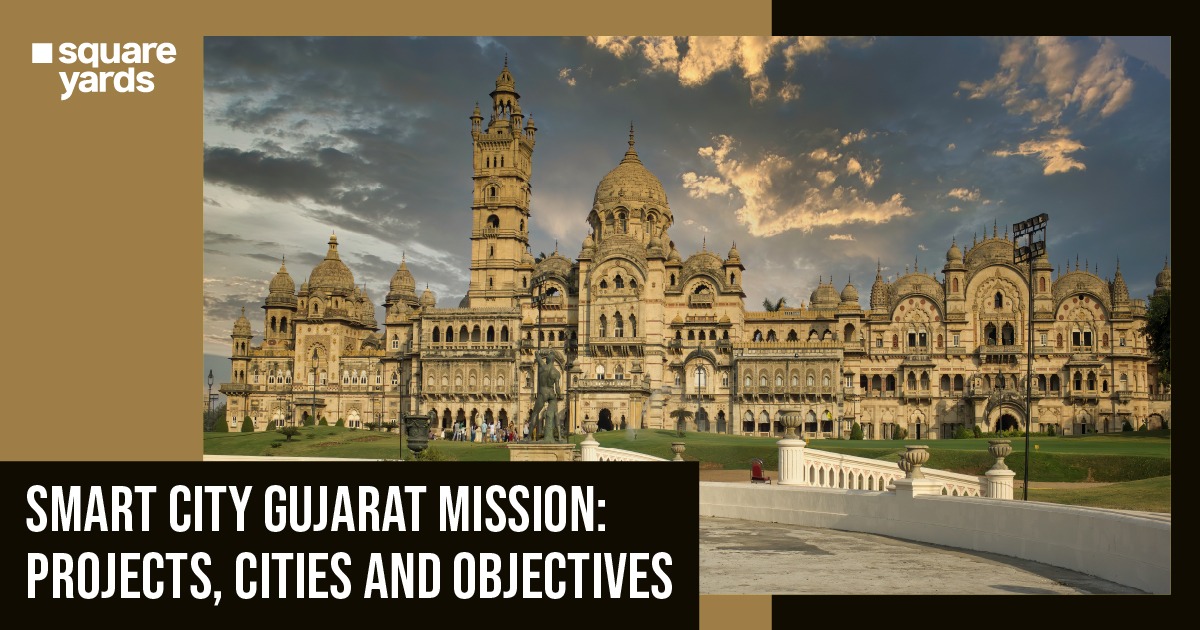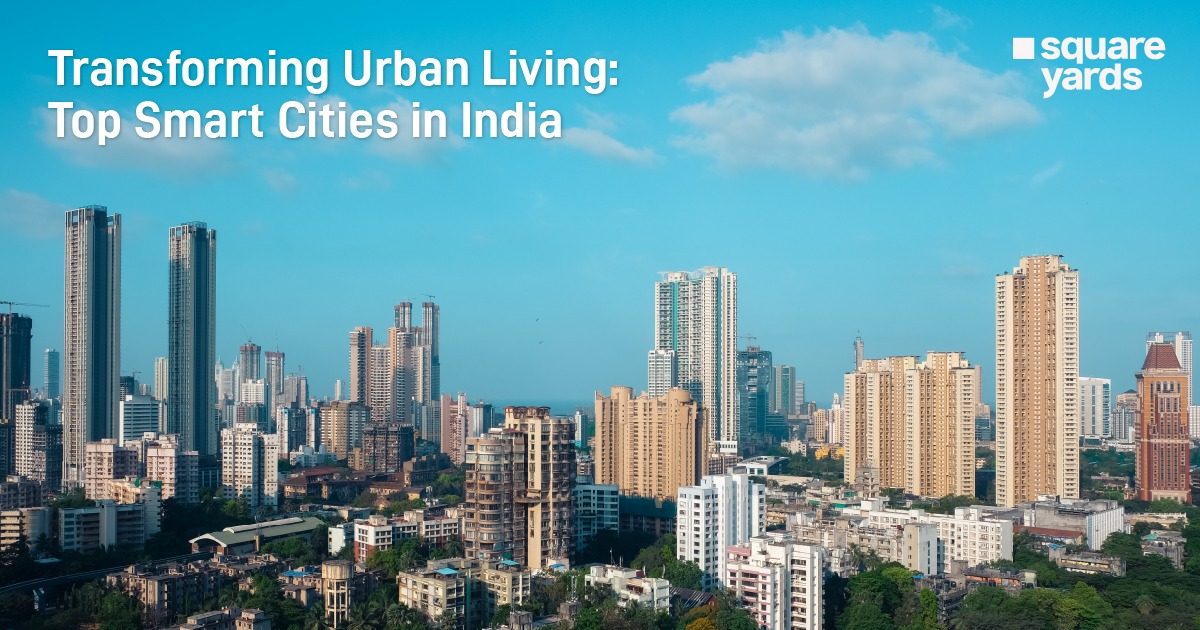An illustrious city widely renowned for its temples, cultivations, industries and so on, Vijaywada lies in the Indian state of Andhra Pradesh. The state is rich in providing agricultural resources to the nation. Among its two districts, Guntur and Krishna lies a bridge called Prakasam Barrage. This bridge is significantly important as it contributes majorly to the agricultural growth of Andhra Pradesh. The Vijayawada Prakasam Barrage covers a stretch of 1223.5 metres across the Krishna River. Acting as a road bridge that spans over a lake, the Prakasam Barrage connects the Krishna district with Guntur. This gigantic structure was constructed to meet the necessary irrigation requirements of 13 lakh acres.
The bridge was named in the honour of the State’s first Chief Minister, Late Sri Tanguturi Prakasam. One of the popular tourist attractions, the Vijayawada Prakasam Barrage is visited by a massive number of tourists annually.
Renowned historian & writer Dr GV Purnachand states that, “The barrage, apart from connecting Krishna and Guntur districts, has transformed the region into the rice bowl of Andhra Pradesh as availability (and storage) of water increased compared to the extent of cultivable land,”
Table of contents
History of the Prakasam Barrage
In the year of 1798 when India was under colonial rule, the idea of constructing a barrage across the Krishna River emerged.. Despite the process being initiated in 1839, the plan was postponed by the ruling East India Company for 11 years. The process commenced on 5th January 1850. The construction work precisely began in 1852 and the structure was ready by 1855.
Later after India became independent, the state government of Andhra Pradesh constructed a bridge, naming it after its first-ever Chief Minister. Since then, this humongous structure has been filling the irrigation needs of 1.2 acres of land for agricultural purposes. The construction of the Vijayawada Prakasam Barrage was then actually initiated on 13th February 1954.
An interesting highlight here is that it took approximately 3 years for this barrage to be constructed and be ready for operations by 24th December 1957.
The Prakasam Barrage was among the initial fundamental projects of Southern India and was a complete success!
Salient Features of the Prakasam Barrage
| Latitude | 16° 30′ 34” North |
| Longitude | 80° 37′ 57″ East |
| Total Catchment area (Square Kilometres) | 251372 |
| Capacity Curves for Area (for the spread area) | 30.00 Square Kilometre |
| Spillway Gates | 70 Numbers of 12.19 M X 3.66 M every gate |
| Scouring sluices on the Left Side | 6 Numbers of 5.18 M X 3.66 M every gate |
| Scouring sluices on the Right Side | 8 Numbers of 5.18 M X 3.66 M every gate |
| Levels | |
| The floor of the Regulator | Plus 12.21 M Plus 40.05 feet |
| The floor of the Scour Vents | Plus 11.06 M Plus 36.30 feet |
| Level for the skill of the Regulator gates | Plus 13.73 M Plus 45.05 feet |
| FRL | Plus 17.39 M Plus 57.05 feet |
| Average Riverbed Level at the Regulator site | Plus 11.28 M Plus 37.00 feet |
| Bottom Level of the Floor of Sitanagaram | Plus 8.53 M Plus 28.00 feet |
| Vijayawada Under the Sluices | Plus 9.69 M Plus 31.80 ft) |
| Bottom of the Wells | Plus 4.88 M Plus 16.00 ft) |
| M.F.L. of the Barrage that is Designed | Plus 22.13 M Plus 72.60 ft) |
| Bottom of the Beams | Plus 23.65 M Plus 77.60 ft) |
| Top of the Roadway on the Bridge | Plus 25.02 M Plus 82.10 ft) |
| Top of the Regulator on the Hoist Bridge | Plus 30.36 M Plus 99.06 ft) |
| Height of the Shutters | 3.66 M Plus 12-0 feet |
| 3 rows of the cutoff wells according to the size | 2.13 M X 3.81 M with 7 X 12.5 feet |
| M.F.L. Recorded at | Anicut | Barrage |
| M.F.L. on Record | 7/10/1903 | 5/10/2009 |
| Level in the Front | Plus 21.50 M Plus 70.55 feet | Plus 20.97 M Plus 68.78 feet |
| Level in the rear | Plus 20.73 M Plus 68.00 feet | Plus 20.57 M Plus 67.50 feet |
| Maximum Discharge | 33,700 Cumecs and 11,90,000 C/S | 31,431 Cumecs and 11,10,000 C/S |
| Afflux because of the interposition | 0.66 M which is 2.16 feet | Not Applicable |
| Eastern Delta Head Sluice | ||
| Vents | Not Applicable | 6 Numbers of 6.10 M with 3.35 M 20X11 feet each |
| Discharge | Not Applicable | 300 Cumecs and 10, 600 C/S |
| Ayacut | Not Applicable | 2, 98, 260 Ha and 7.37 Lakh ac |
| Length of the Main canals | Not Applicable | 370 Kilometre |
| Western Delta Head Sluice | ||
| Vents Old (Unused) | Not Applicable | 15 Nos 1.83 M X 2.90 Metre and 6 X 9.5 feet each |
| Vents New (For Exiting) | Not Applicable | 16 Nos 2.44 M X 2.90 Metre and 6 X 9.5 feet each |
| Discharge | Not Applicable | 232 Cumecs and 8, 200 C/S |
| Ayacut | Not Applicable | 2,31,080 Ha and 5.71 Lakh ac |
| Length of the Main Canals | Not Applicable | 322 Kilometre |
70 Prakasam Barrage Gates
The Vijayawada Prakasam Barrage can be called an infrastructural marvel as it completely transformed the districts of Guntur and Krishna. This structure not only fulfils the irrigation needs of people but also provides an ample supply of drinking water to the masses.
The Prakasam Barrage has a large number of gates, 70 of which fall in the district of Guntur, and the rest 7 in Krishna precisely.
On 6th August 2020, the Andhra Pradesh Government released the first flood warning to the locals of Krishna and Guntur as a crest of the Pulichintala gate was eroded by the immense volumes of water being released for necessary reasons.
Eventually, the discharge of such a high volume of water led to a flood in the subsided areas of the Prakasam Barrage.
Lake Side View
You would be surprised to know that the Vijayawada Prakasam Barrage stands on a total of 76 mammoth pillars, offering a breathtaking view of the Krishna River. Therefore, every year tourists along with locals visit the spot to enjoy the astounding views. The Prakasam Barrage enables the accumulation of backwaters which leads to a scenic panorama of the Kanakadurga Hills.
Another interesting highlight of the barrage is that it gets lit up using beautiful forms of lighting which provides an artistic perspective to it.
Significance of the Prakasam Barrage
- The Prakasam Barrage provides a water supply facility to the Prakasam & west part of the area; it is not restricted to only the Krishna & Guntur region of the district.
- By bringing in improvement in the process of agricultural revenue of the district. The irrigation service of the Barrage currently produces about INR 2500 crores of food grains in the district.
- The process of transportation has also come out to be at ease, as it is assumed that the Prakasam Barrage tends to bring in value that helps in the process of moving for the exports as well as the imports on the National Highway five.
- Apart from this the Prakasam Barrage also controls the river well at the time of occurrence of the flood. The outflow of which is controlled by the gates presented.
- The canal of the river also has a silt entry that controls the water of the river well.
- With a minimal increase in the budget, construction of a roadway has been done over the barrage that makes the travelling process even more convenient.
Stories You May Also Like From Govt Projects and Infrastructure
FAQs
Who built the Prakasam Barrage?
The Vijayawada Prakasam Barrage was modeled by Sir Arthur Cotton. The gigantic structure was constructed by Captain Orr. It was constructed to initially provide irrigation to 5.8 lakh acres of land.
Where is the Prakasam Barrage built?
The Prakasam Barrage is built in the Indian state of Andhra Pradesh. The bridge is built over the Krishna River, covering a span of 1223.5 metres. It connects two prominent districts, Guntur, and Krishna.
Who is the Prakasam barrage named after?
The Prakasam Barrage is named after Andhra Pradesh’s first Chief Minister, Late Sri Tanguturi Prakasam. It is one of the popular tourist attractions of the state. A large number of tourists visit this monumental Vijayawada Prakasam Barrage annually.
How much did it cost to construct the Vijayawada Prakasam Barrage?
The cost of constructing the Prakasam Barrage was 2.78 crores INR. It took approximately 3 years for this barrage to be constructed and be ready for operations by 24th December 1957.
On which river was the Prakasam Barrage built?
The Vijayawada Prakasam Barrage was constructed on the holy Krishna River. This gigantic structure stands on a total of 76 mammoth pillars, offering a breathtaking view of the River.


